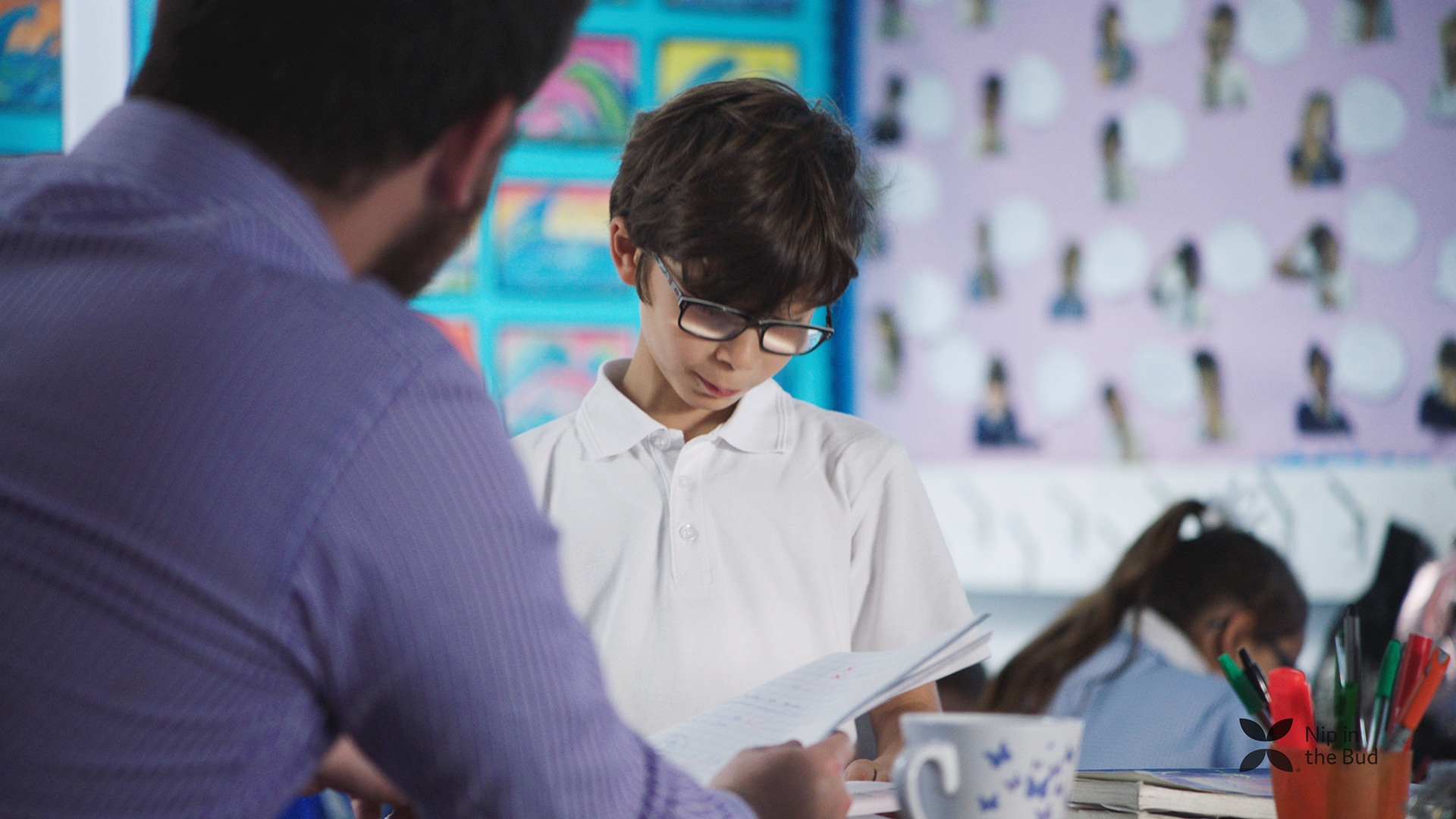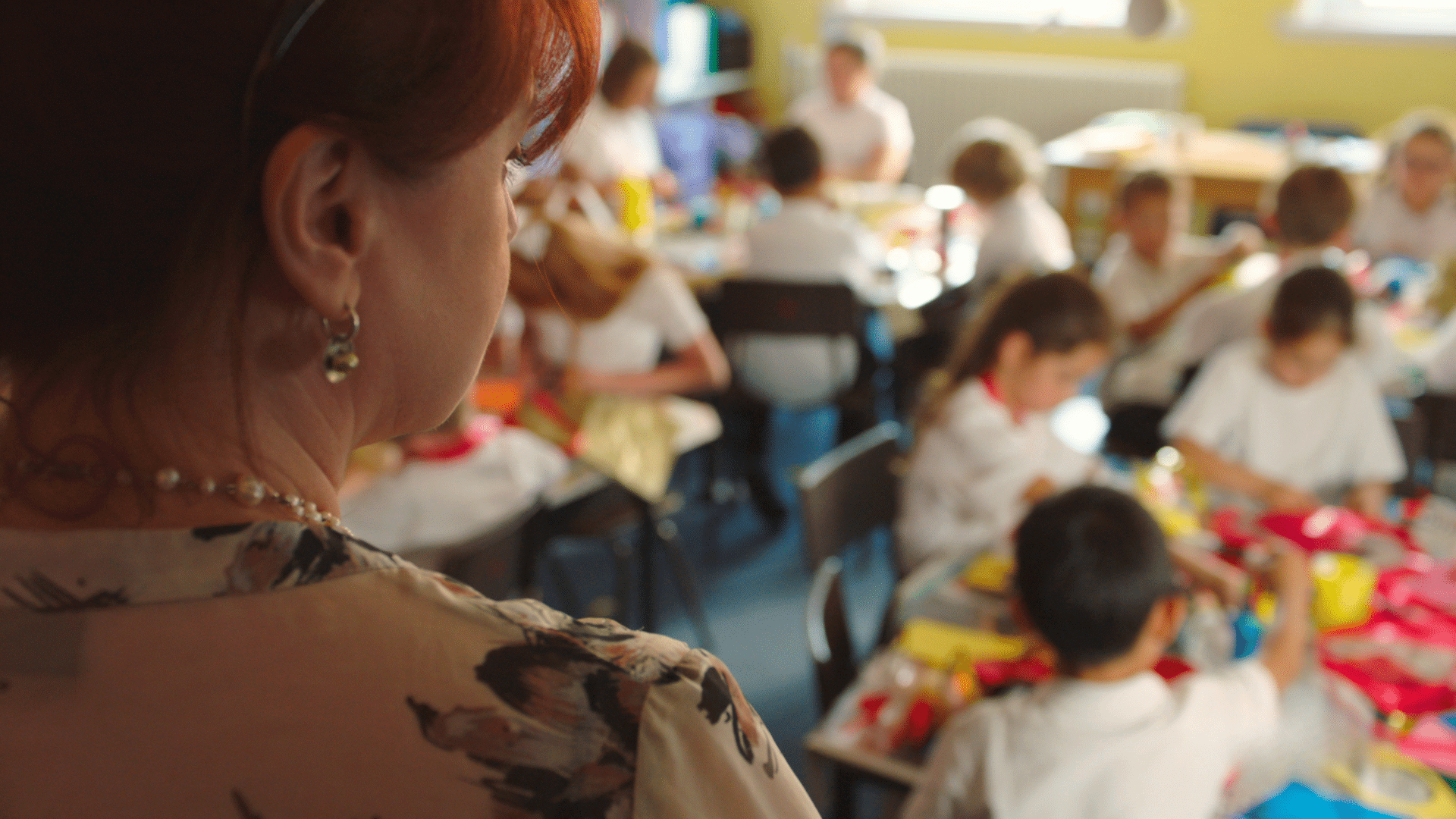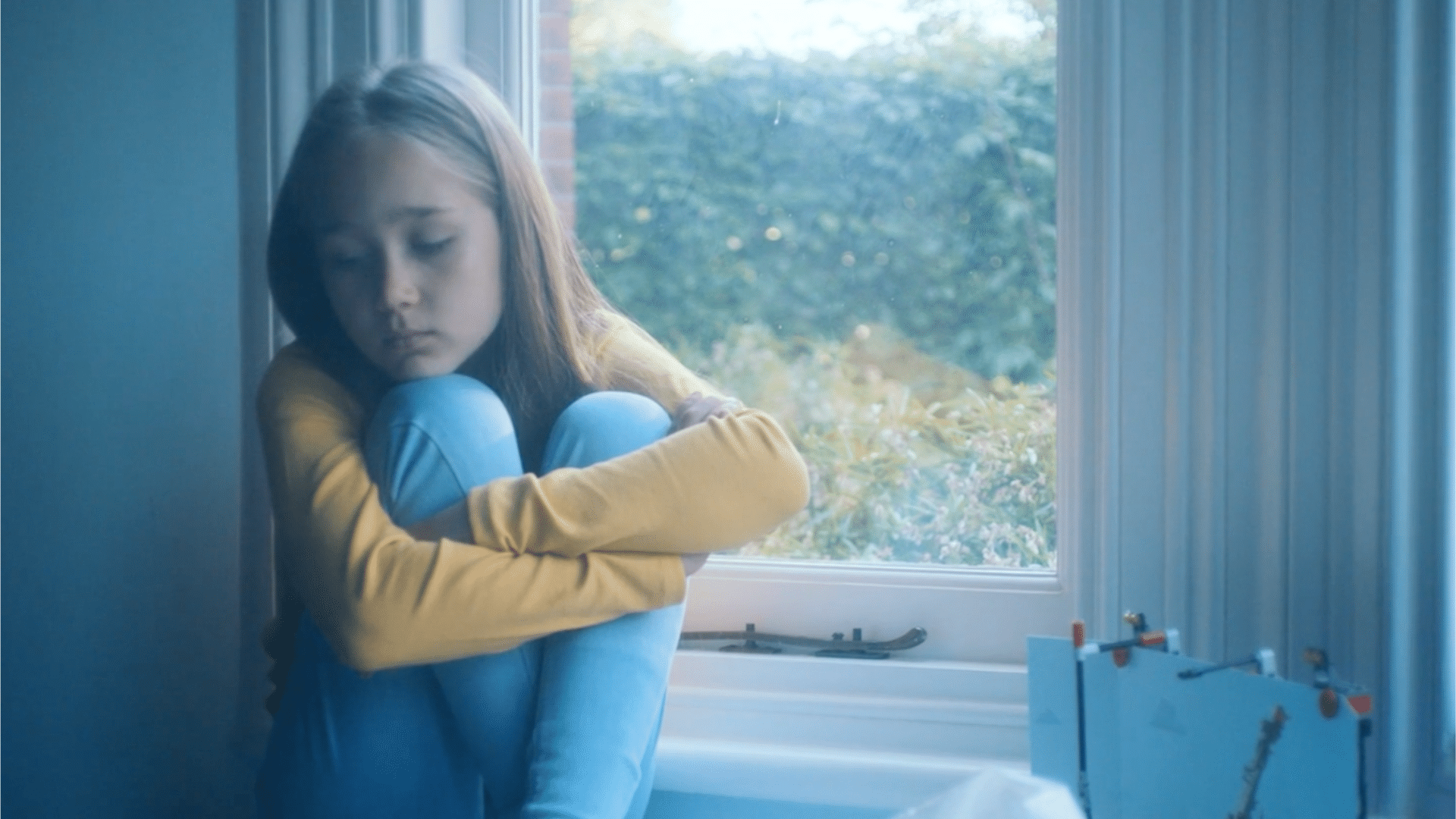
Children should be protected from feeling that their mental health or neurodiversity means that their life is limited, or has less value.
What do we mean by inclusion?
Every young person has unique dreams and worries for the future. Inclusion means accommodating the needs of every child, and empowering them to make their own choices wherever they can. Children should be protected from feeling that their mental health or neurodiversity means that their life is limited, or has less value.
Not all challenges are created equal, and while some children may excel in certain environments, others may need lots of additional support. Inclusion therefore means more than giving all young people access to the same opportunities; it is a mindset which actively embraces difference. It’s the creation of spaces where everyone is supported to be themselves, just as they are.
Inclusive education
Many children with mental health or neurodivergent conditions may find it harder to attend school, and poor mental health can have a negative impact on academic achievement. Without the right support, these challenges can potentially last a lifetime, and adults with mental health conditions also find it harder to access work.
Depression, anxiety and behavioural disorders are a significant cause of disability in young people. Some disabilities are more visible than others, and we can quickly see the impact of a lack of wheelchair access or accessible toilets. However, when it comes to disabilities caused by mental health and neurodiversity, it can be less clear what the underlying problem is and how to offer support.
An education environment should be a safe space for all children, who at times may have competing needs. For example, whilst some children might concentrate better while they are moving around or sitting at the front of the class, other young people might have difficulty filtering noise and prefer to wear soundproof headphones. Challenging behaviour can be caused by many different factors, and it is helpful to keep an open mind about a child’s circumstances.
Be on the lookout for ways that children can be indirectly excluded, such as discriminatory policies governing hairstyles or the use of single-sex spaces. If a child feels that they can’t be themselves, this can put additional pressure on their mental health and does nothing to serve their learning. Young people should know what support is available to them and how to ask for help.
Mental health inequalities
Children who experience adversity such as poverty, violence or neglect are at higher risk of developing mental health conditions, as are children in marginalised groups. In addition to this, many children face deeply unjust disadvantages due to their ethnicity, gender, sexual orientation or socioeconomic deprivation which can make it more difficult to access help.
Sadly, The NHS Race and Health Observatory found that structural discrimination reduces access to treatment for children belonging to many ethnic minorities. Both parents and children reported feeling a lack of trust in the mental health system, and were therefore more reluctant to seek help.
Children who identify as LGTBQ+ are more likely to experience poor mental health, and as many as 84 percent of young trans people have deliberately harmed themselves. Children also experience greater challenges if they belong to intersecting marginalised groups. For example, LGBTQ+ children of colour or those with a disability are more likely to engage in self-harm. Watch our videos for more information on how to support a child you are concerned about.
Every child’s experience is different. However, understanding these risk factors can help us to identify when children may be in need of support, and to ensure that no child is overlooked.
Positive representation
Inclusion is a big concept, and children can experience shame and stigma for many different reasons. This isn’t always as explicit as name-calling. It might look like a teacher who misinterprets neurodiversity as misbehaviour, or a problematic depiction of a mental health condition in a popular TV programme.
We need to be careful about the stories we tell children. Feeling hopeless about life chances can itself cause poor mental health and create a vicious cycle. Showing children role models who have faced similar challenges can be a great way to challenge limiting narratives, prove that they can live a happy life, and help them to feel valued for who they are.
Whilst we need to acknowledge the reality of the challenges children are facing, they can also learn that these experiences build resilience, empathy and insight into how to make the world a more inclusive place for others in the future.
Sign up for our term-time emails to receive educational films, factsheets and blogs to support young people’s mental health and neurodiversity. If you are concerned about a child, please see our Where to Get Help page.
Further reading…
Chicken Shed in an inclusive theatre company in North London. Their work uses the stage to celebrate diversity and performance as a vehicle to communicate with audiences and tackle topical social issues.
FSD is an example of a flexible specialist school for children struggling with dyslexia and related issues. Pupils attend FSD on a part-time basis and keep their place at their mainstream school in order to enjoy a full curriculum.
The Donaldson Trust is Scotland’s leading charity for neurodiversity. They provide individualised, person-centred, skills based learning for young people with complex additional support needs, including autism, sensory impairment and communication difficulties.
Victoria Honeybourne is a specialist advisory teacher and autistic. She tells the National Autistic Society why she believes that adopting a neurodiversity model in mainstream schools benefits everyone.





